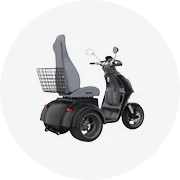Standard Dry Containers are the most common type and are ideal for transporting goods that do not require special conditions. Available in sizes such as 20-foot and 40-foot, these containers have solid walls and a closed top, providing robust protection.

All categories
Featured selections
Trade Assurance
Buyer Central
Help Center
Get the app
Become a supplier































































